Known by legions of her fans as “Mod Betty,” Beth Lennon is a prolific Phoenixville-based travel writer who has been documenting and celebrating roadside architecture, mom-and-pop businesses, and other Americana landmarks for over a decade.
Her Retro Roadmap website and travel guides are treasure troves of information for those who love to go off the beaten path, and her adopted home state of Pennsylvania (Lennon was born and raised in Massachusetts) plays a starring role.
In the first installment of a two-part interview with Pennsylvania Historic Preservation blog, guest author Ben Leech talks with Mod Betty about the allure of the recent past, the importance of supporting legacy businesses, and whether she considers herself a historic preservationist (spoiler alert: YES!).
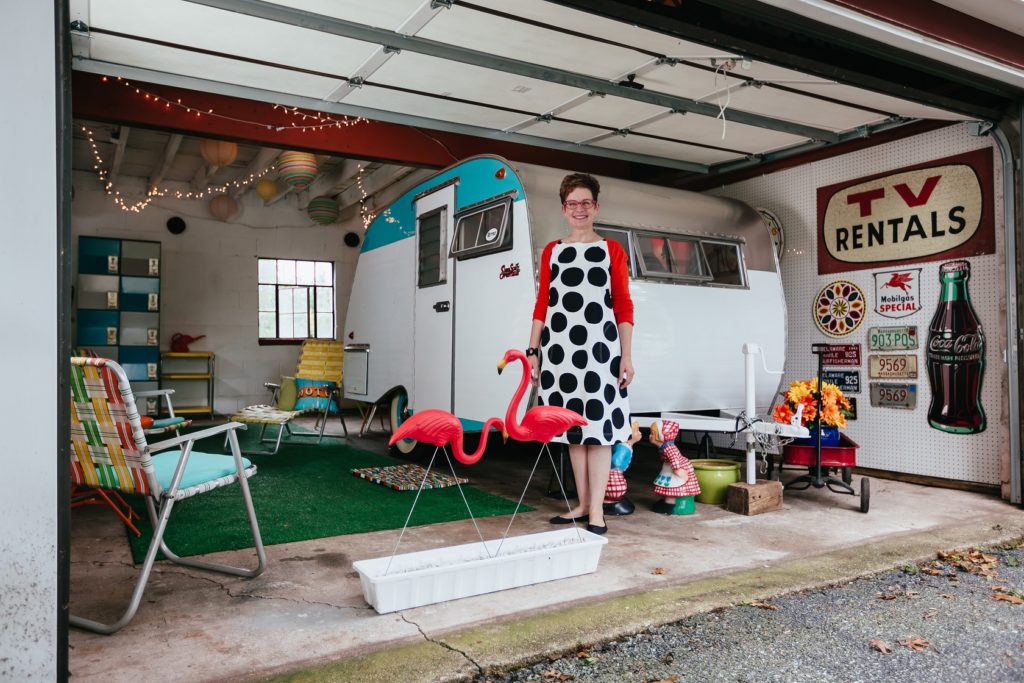
How do you define “Mod?” Is it a particular era or style? Or something more intangible?
The “mod” in my online moniker Mod Betty refers to my affection for early/mid 1960s music, clothing, pop art and design. Clean lines, Beatles music, geometric styles that also harken back to the 1920s and Art Deco, this era has always called to me.
Originally the term comes from late 50s/early 60s England and is short for Modernist, which I also consider appropriate for me – but I think of it it in the wider usage when it was used as an adjective to describe aspects of the youth culture in the mid-1960s. Funny note, I was once interviewed by someone decades younger than me who thought it meant I was an online moderator!
Many of your chosen destinations are what could be called “recent past” landmarks– drugstores, diners, drive-in theaters, and the like. What particularly draws you to places and things that, until relatively recently, might have been dismissed as ordinary or unremarkable?
Originally as a photographer I was drawn to the graphic appeal of buildings and signs from the 1920s to 1960s – again my fondness for clean lines, bright colors, geometry. I started taking photos of these “recent past” places close to 30 years ago, when there were a lot more of them.
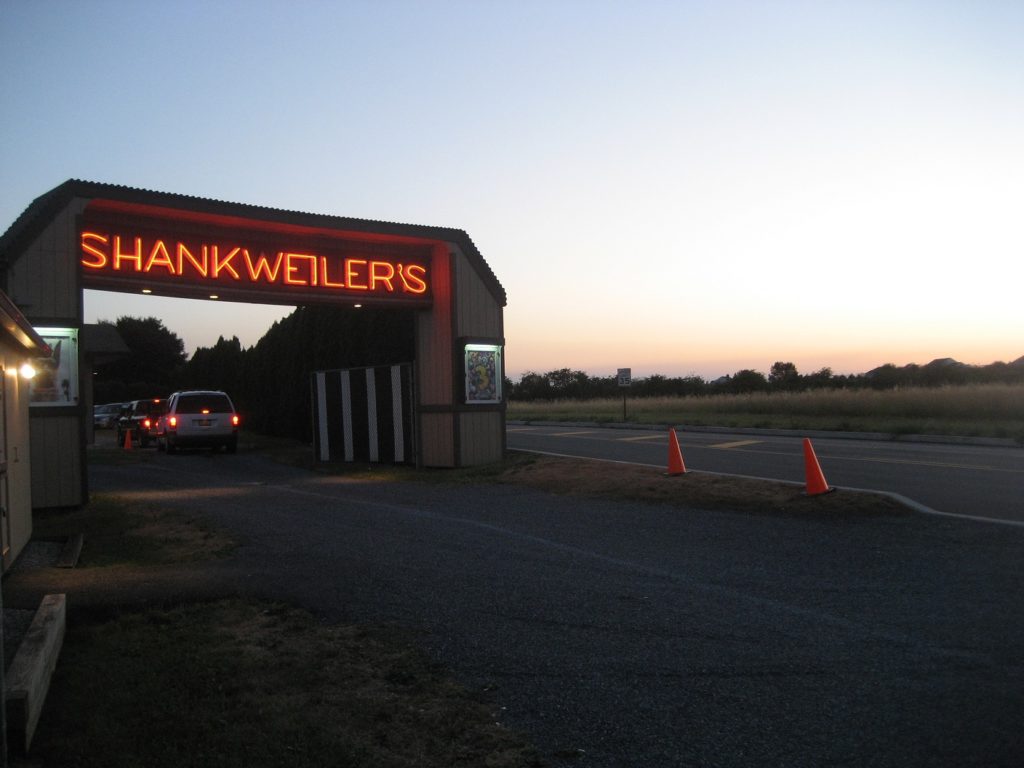
It occurred to me as the years passed that these places were being closed or bulldozed out of memory, and that our entire world is changing and becoming more generic when the independently owned places are being replaced by cookie-cutter corporate franchises. Realizing that the places I loved to visit, shop and eat at were becoming an endangered species, I started purposely seeking out those that remained from the earlier eras that still had that stepped back in time feeling.
What draws me to these places is that they have survived the changes of the decades while keeping true to themselves. The fact that they have sometimes stubbornly dismissed suggestions to “modernize” or update to keep up with whatever is the latest design fad gives these “vintage” businesses a real sense of place and authenticity that you just don’t feel when you walk into a beige stucco box.
What do you think changes over time to make people see them in a new light?
I think the proliferation of national chains, franchises and online shopping has changed the face of so many cities and towns, that you often have no sense of being any place specific and real when you visit them. You could be in any state in America and still see the same chain restaurants, shops, hotels, cinemas.
The places I discover and share are a existing example of how life used to be conducted before all of this homogenization. Shopping at the 5 & 10 or the corner hardware store, eating at the neighborhood diner, picking up your paper at the news agent. These are all familiar to people of a certain age, but to some generations all of these things are like visiting another planet.
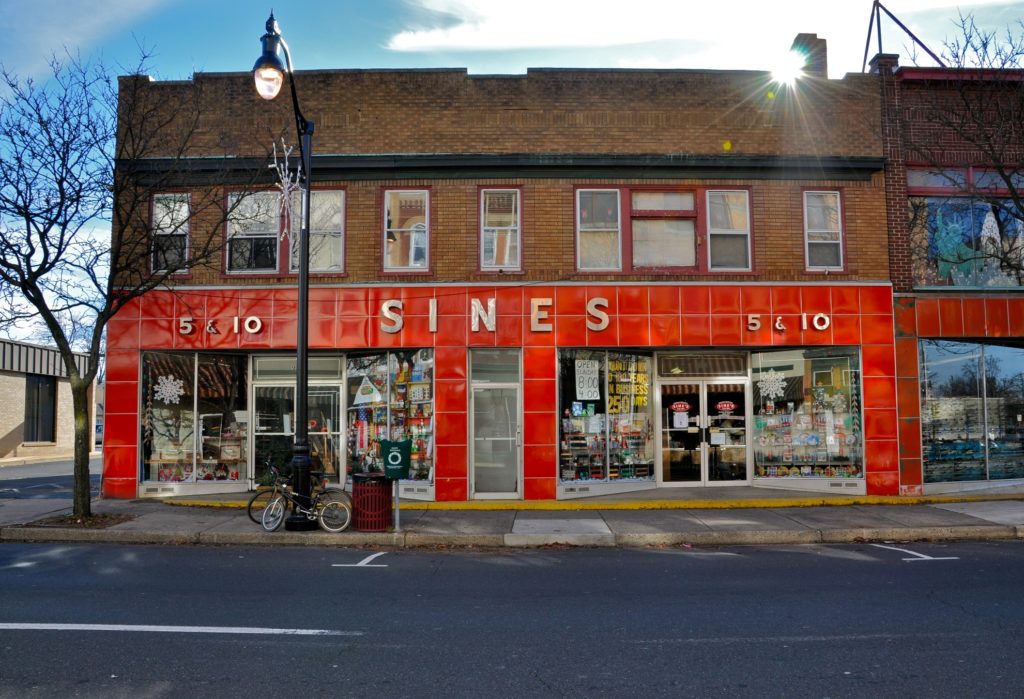
Also – not to get too “out there” – but places that have been around for decades have a visceral presence, a certain feeling to them, and give you a sense of being in a specific place when you go there. You just know you’re part of a tradition when you’re shopping or eating or visiting, and you’re becoming part of the history of that place, like all of the other generations before you.
Not everyone who loves old places necessarily considers themselves a historic preservationist. Do you?
Most definitely! I try to get people aware of, and excited by the historic places that are still alive, not the buildings as skeletons, in the hopes that they will feel connected to them them like I have and want to keep them around.
Even the foods that tell the history of an area, like pretzels, fastnachts, pagash, opera fudge – I love places that keep those traditions alive (and don’t even get me started on South Philly Line Dancing, of which I’m kind of obsessed!)
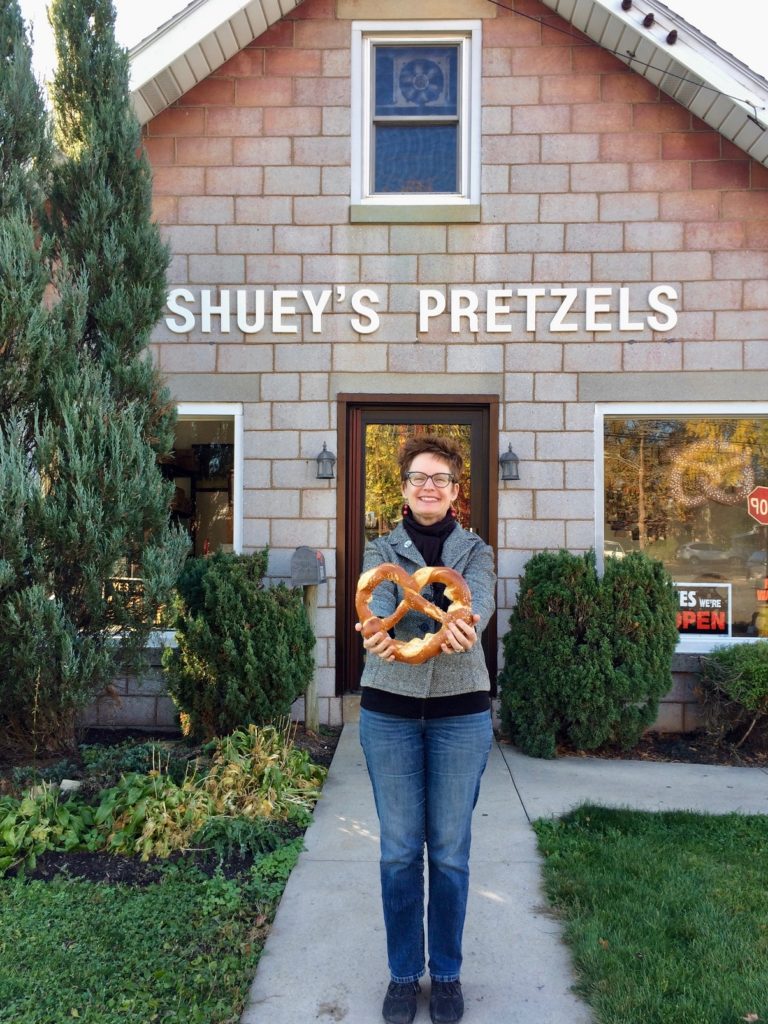
In the preservation world I see my role as a connector to “regular folks,” getting them to connect with and care about the places that are around them by encouraging them to visit the “cool vintage places” I write about. I think many people people perceive historic preservation as something intellectual and dry. So I speak more to the heart, the connection, and have sense of fun about it.
No one likes to do something because they fee lectured to or forced, so I try to inspire people to see that preservation can be fun, and sometimes as simple as deciding where you’re going to buy your next burger.
Be sure to check back in at the end of July for Part 2 and get to know more about Mod Betty.
This week’s guest contributor is Ben Leech, a historic preservation consultant and architectural illustrator. From 2010 to 2015, he was advocacy director for the Preservation Alliance for Greater Philadelphia. He is a regular contributor to Extant Magazine and Hidden City Daily, and sits on the board of DOCOMOMO-Greater Philadelphia Chapter. He has taught at Temple University, the University of Pennsylvania, Franklin & Marshall College, Philadelphia University, and Rutgers University Camden. In 2017, he founded Archivolt Press and published two postcard books of his sketches, 36 Views of Philadelphia and 36 Views of Lancaster PA.
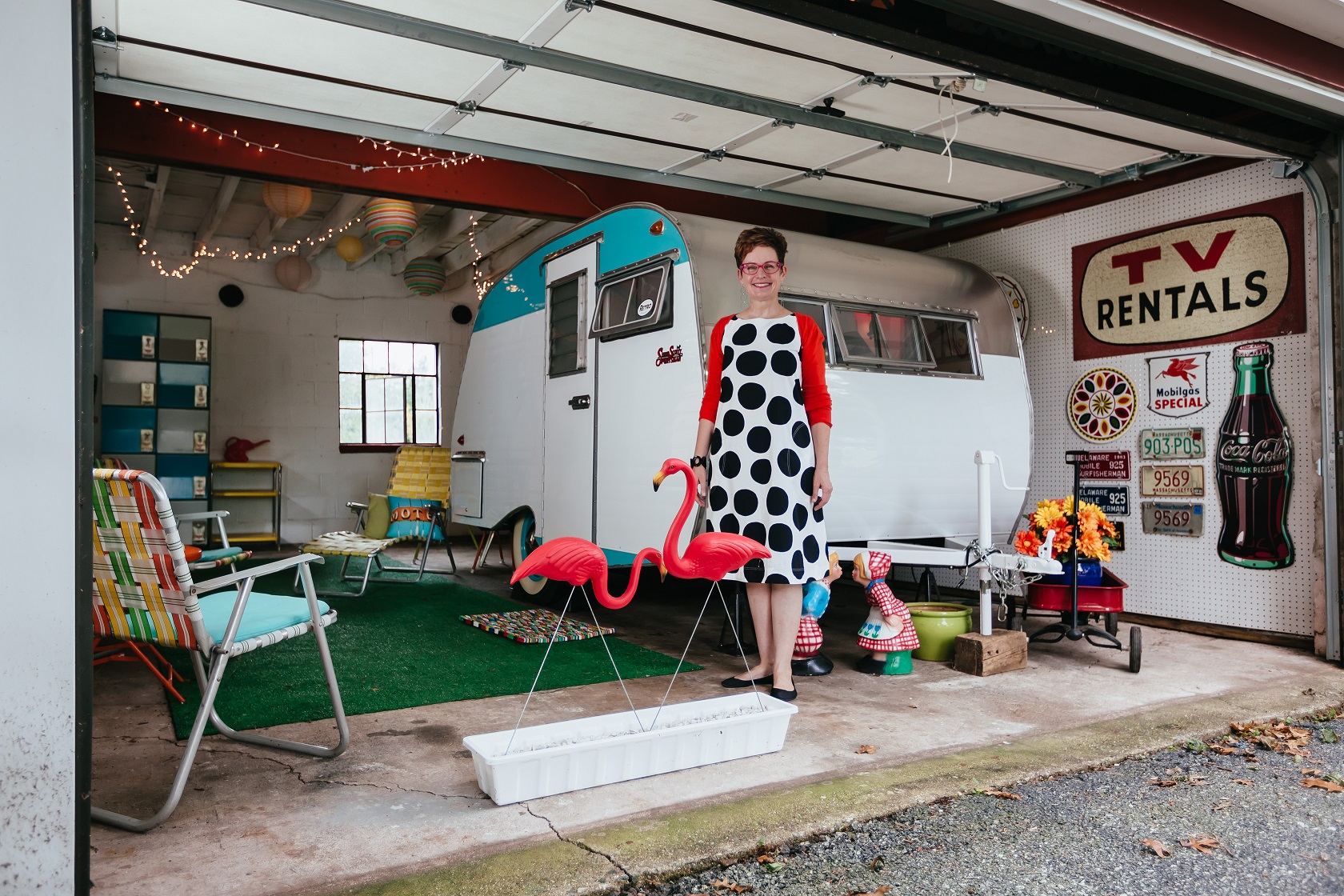
Leave a Reply